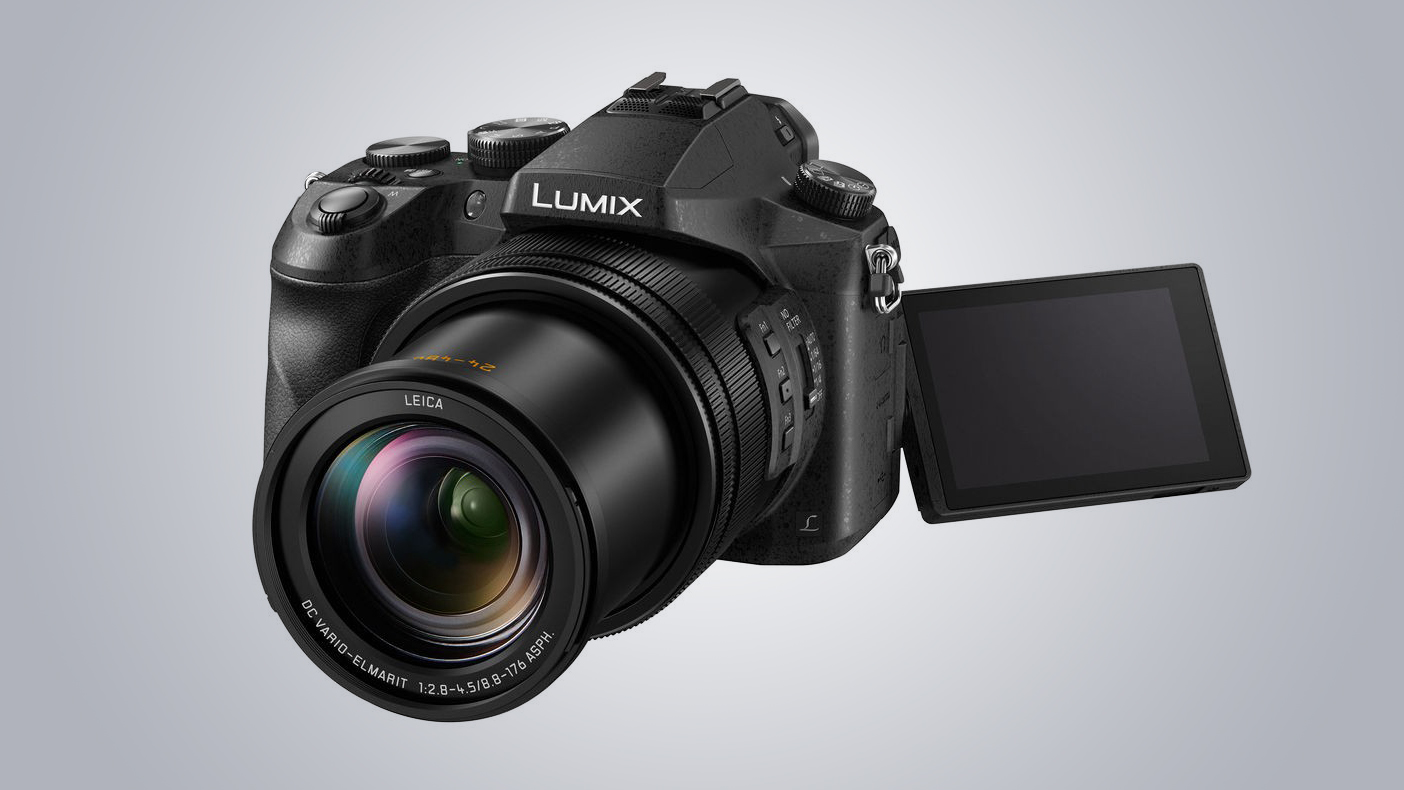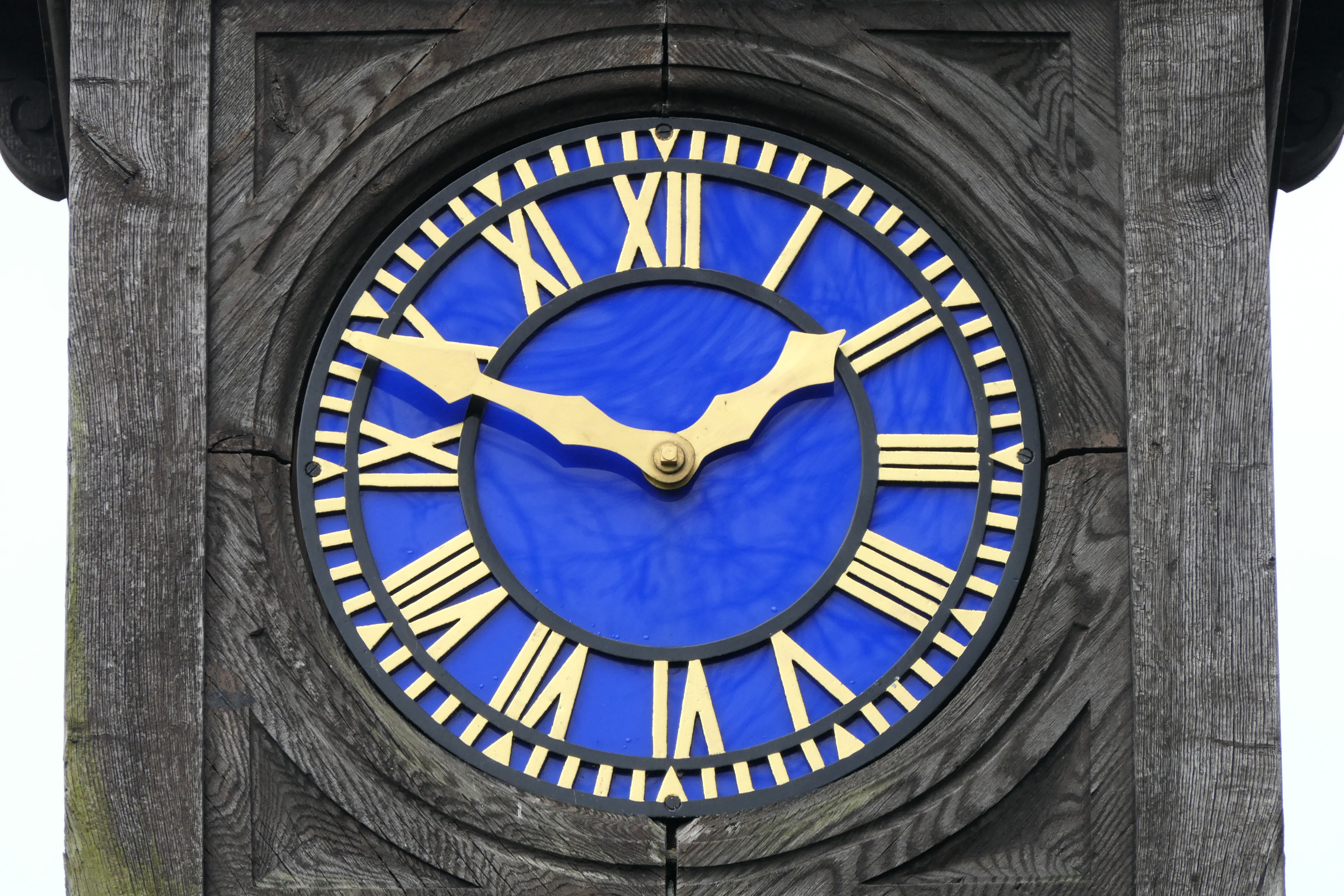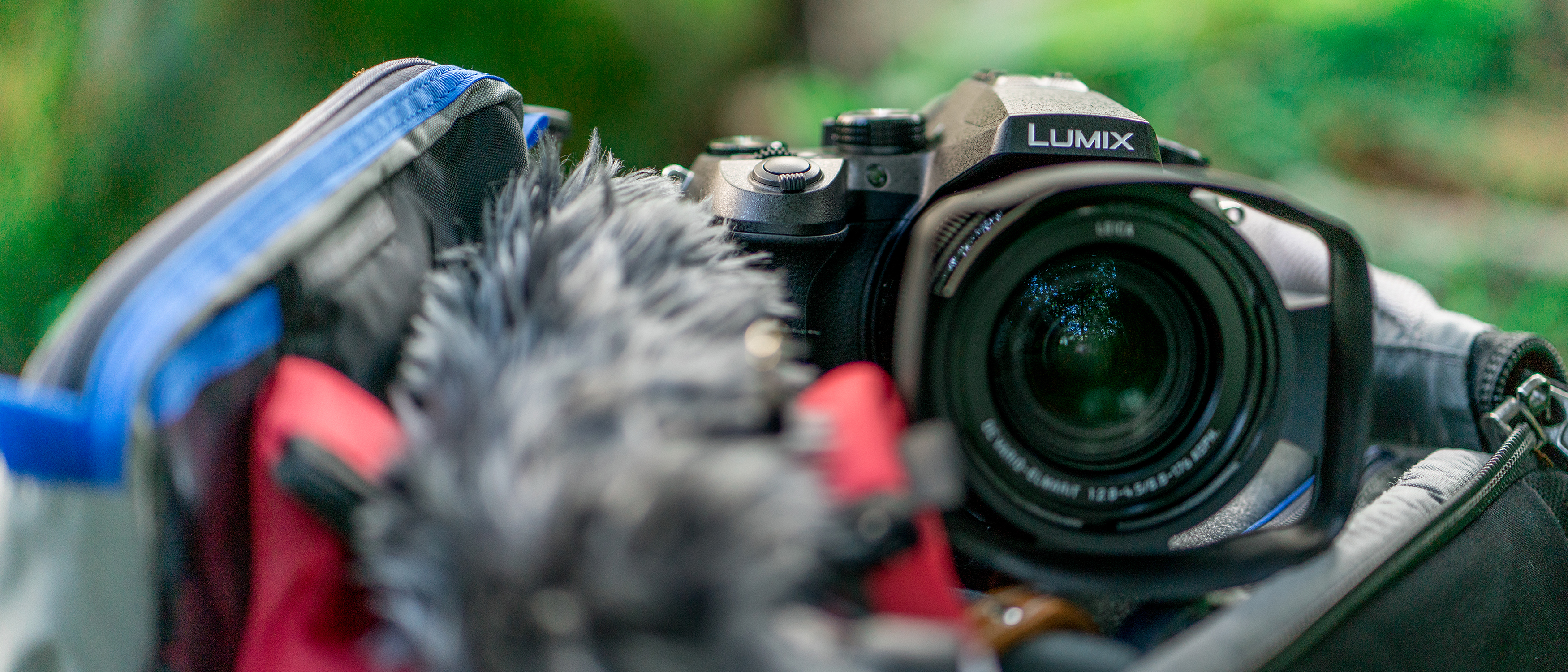Why you can trust TechRadar
Build and handling
- DSLR-style design
- Built-in flash and hotshoe
- 966g
Anyone who's used to the FZ1000 may notice that the FZ2500 / FZ2000 is somewhat heavier, and with only a handful of physical differences between the cameras it seems this is down to the new optic. Historically, one issue with these sorts of cameras is that the camera becomes unbalanced as the lens zooms from one extreme to the other, although the internal zoom and focus systems prevent this from being an issue.
The camera sits nicely in the hands thanks to the deep rubber grip, and the abundance of physical controls allow for key settings to be accessed very quickly. User-friendliness is further aided by several customisable Fn buttons, including three on the lens barrel and five virtual buttons in the menu. Some may see this as overkill – and the virtual buttons are admittedly small and cramped – but it’s difficult to dispute that you can really make this camera work how you want it to.

The FZ1000 had one ring around its lens barrel, and on the FZ2500 / FZ2000 this is joined by a second ring just in front of it. The default setup has the broader of the two rings operating the zoom and the narrower one adjusting focus, although the collar around the power switch is arguably the easier way to zoom the lens, so you may wish to use this for day-to-day shooting.

These two rings, alongside the dials on the top plate, are designed from metal and add a touch of solidity to the camera, while the generous use of rubber around the grip is appreciated, although Panasonic doesn't state that the camera is weather-resistant to any degree. A few drops of rain here and there probably won’t do much harm, but it’s a shame when you consider the four-figure outlay – and the fact that weather-proofing is offered on rival cameras.
Autofocus
- Light Speed AF system
- Depth From Defocus (DFD) technology
- Post Focus, Focus Bracketing and Focus Stacking
Panasonic has put a great deal of work into its autofocusing technology, and it shows. In good light the system locks onto subjects without delay, and it performs almost as well even in less ideal conditions. As is generally the case, there’s slightly more hesitation at the telephoto end of the lens than the wide-angle, but even here performance is still very good.
Those using the FZ2500 / FZ2000 for action will be pleased to learn that the camera not only tracks subjects around the scene with great dexterity, but manages to keep them focused when set to the AF-C option too. The system did much better than we expected here, only occasionally drifting away from the subject when challenged with detail that was particularly bright, or similar in appearance to the subject. It did lose particularly erratic subjects on occasion, although these would outfox many more advanced DSLRs.

Panasonic also deserves credit for the extent to which it supports the camera’s focusing system with a range of options, from pinpoint focus for accuracy to its effective face recognition system. Even when using manual focus there’s a surprisingly broad range of options, with 10 different peaking colours across two peaking levels, together with the option to move the magnified portion of the frame to whichever area is most relevant using the touchscreen.
If we do have a complaint, it’s that it’s not as easy to adjust the camera’s focusing point as it is on cameras with a joystick-type control. You can use the menu pad’s directional buttons, and even the touchscreen, when using the viewfinder, but the facility to move the point more conveniently with a single physical control would make this far easier.
Current page: Build, handling and AF
Prev Page Introduction and key features Next Page Performance and image quality